Requirements:
- All ports, including HDMI and the Micro-SD card must be routed to the back of the unit, above or below the USB and Ethernet ports
- The unit must have both passive and active cooling to an extreme degree just because
- The unit must power up and down with a single button, with an LED indicator (built-in to the button is ideal)
- The Raspberry Pi must be easily-removable from the case (Currently considering a slide-out drawer-like solution). This is one of the most important factors in the project
- The case must be weighted with rubber feet, so that it is stable and not pulled around by cables
Considerations
- Can the Pi power the fan effectively on its own, or will I need more power?
- Answer: The pi should be able to power a 5v fan via GPIO.
- Should I integrate a fan controller?
- Answer: Nah.
Materials list (ongoing):
| Item | Price | Owned? |
|---|---|---|
| Raspberry Pi 3 model B | $35 | Yes |
| Sandisk 8GB MicroSD card | $9 | Yes |
| Noctua NF-A6x25 5V (60x25mm fan) | $15 | Yes |
| Custom low-profile 90-degree HDMI cable | $20 | Yes |
| JacobsParts Stainless Momentary Button w/ blue LED | $6 | No |
| Micro USB Board | $2 | Yes |
| 3mm thickness Copper Sheet | $7 | Yes |
| 25CM MicroSD extension cable | $2 | Yes |
| Massive heatsink from old desktop | $0 | Yes |
| 3D-Printed enclosure | ? | No |
 shin
shin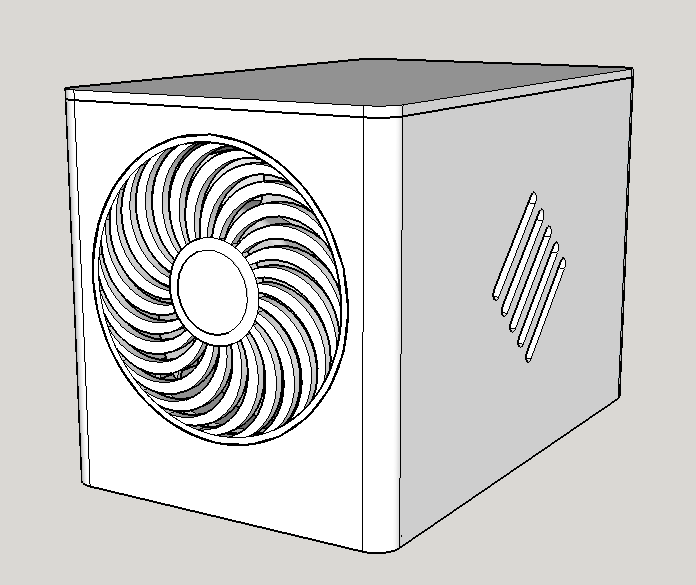
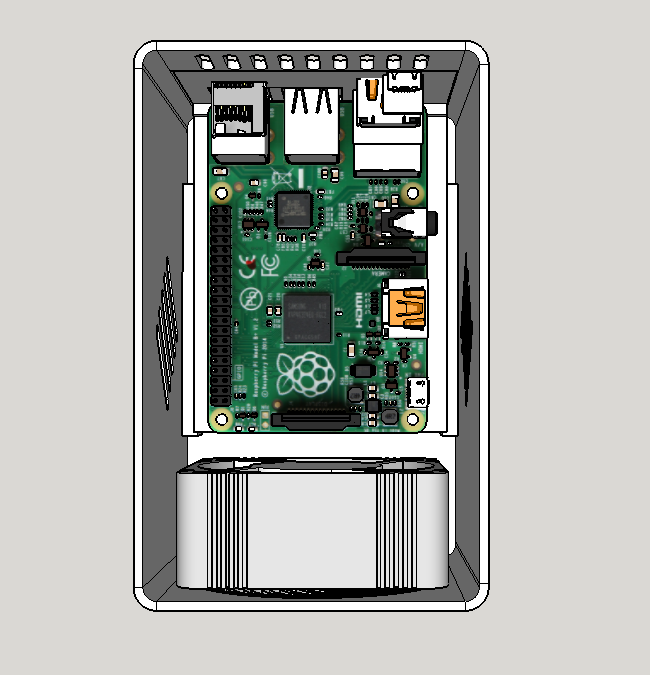
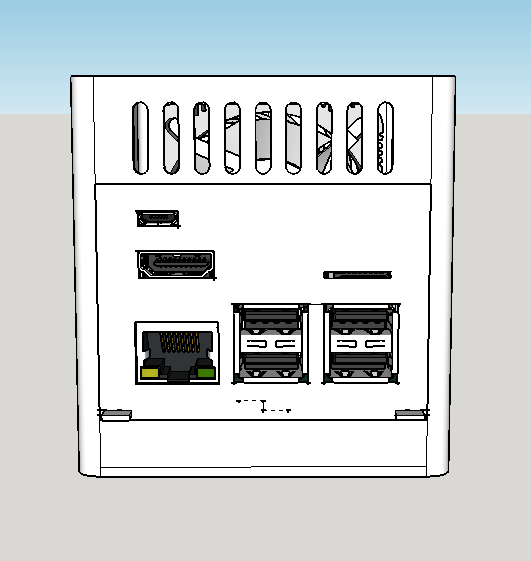
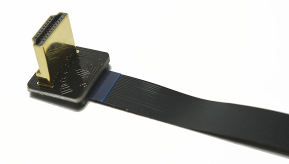
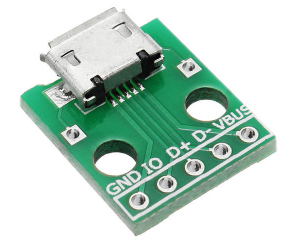 Finally, I purchased
Finally, I purchased  That's it for this update. I'm currently working on my case design, which I should be able to share soon.
That's it for this update. I'm currently working on my case design, which I should be able to share soon.
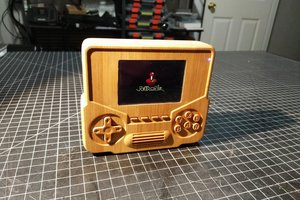
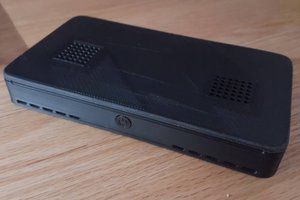
 Robert Jones
Robert Jones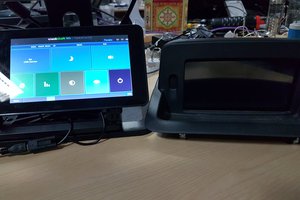
 Craig Hissett
Craig Hissett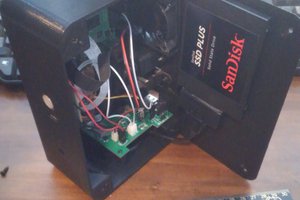
 Ian Dunn
Ian Dunn
hi, looking forward to progress on your project. thinking about a tall case for rpi 3b+ with retrotink-- a hat with legacy av outputs (ypbpr, s-video, composite) for gaming on crt. looks like this one would do nicely, if there's sufficient clearances to stick in panel mount extensions around all sides of the board. I like the slide out tray idea. Hope you can share the plans at some point for 3d printing!